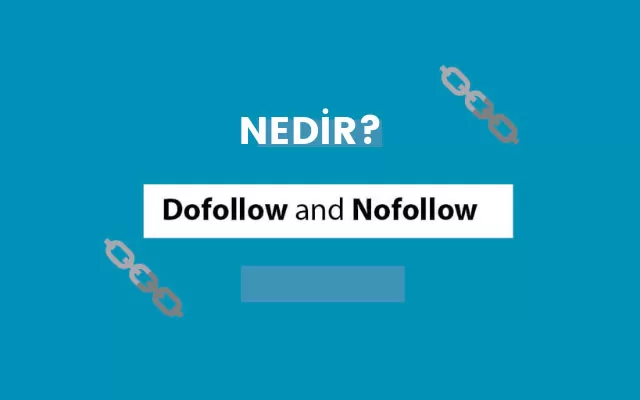Linking, whether to another site or within your own site, is a crucial part of SEO (search engine optimization). How a site obtains links is important because it can also determine how search engines treat those links. Specifically here, we are talking about whether a site uses NoFollow tagging within its links.
What do NoFollow and DoFollow mean?
When you create a link in your blog, sidebar, article content, or a comment, a regular link will be coded similarly to this (with the URL and link text specific to you):
<a href=http://www.mobitek.com> Increase your e-commerce potential with Mobitek </a>
If a link is tagged as NoFollow, it will appear like this:
<a href=”http://www.mobitek.com” rel=”nofollow”> Increase your e-commerce potential with Mobitek </a>
The part that identifies the link as NoFollow is rel = “nofollow”. If you remove it, the link becomes DoFollow. In reality, there is no such tag as a DoFollow. The absence of the NoFollow tag naturally makes the link a DoFollow link.
If a blog or website does not use the NoFollow tag, search engines will accept the link; if a site uses the NoFollow tag, search engines will not accept the link. Why is this important? In one of our previous articles, we explained Google PageRank. Essentially, if a site with a high PageRank links to you, Google increases your authority and, in turn, your PageRank. These links can connect directly to something you’ve written or links left in comments (since most commenting forms allow you to add your URL). But what if the site with the high-page site uses the NoFollow tag and doesn’t share the backlink with you that way? In this case, Google will ignore the fact that the site is linking to you, and you won’t gain any authority boost and you won’t get pagerank. Therefore, engaging with DoFollow blogs or websites is preferred.
Does your blog do DoFollow?
On most websites, the NoFollow tag is automatically enabled.
If you don’t use NoFollow tagging, your readers will appreciate it. One way to show that you care about your community is to use DoFollow. Like everything else though, there is an absolute downside to being a DoFollow site. A DoFollow blog with comments and links from spammers can suffer. If you choose to be a DoFollow site, keep in mind that there may be an increase in spam comments, and filtering out spammy content could take longer.
When should you consider using the NoFollow tag?
Not all connections have the same impact. Each site has links to less important or unchanging pages (for example, a sitemap or an About Me page). Use the NoFollow tag for these links. In addition to low priority links, Google recommends using the NoFollow tag for untrusted content and paid links. If you have text-linked ads on your site, make sure they are tagged as NoFollow.

